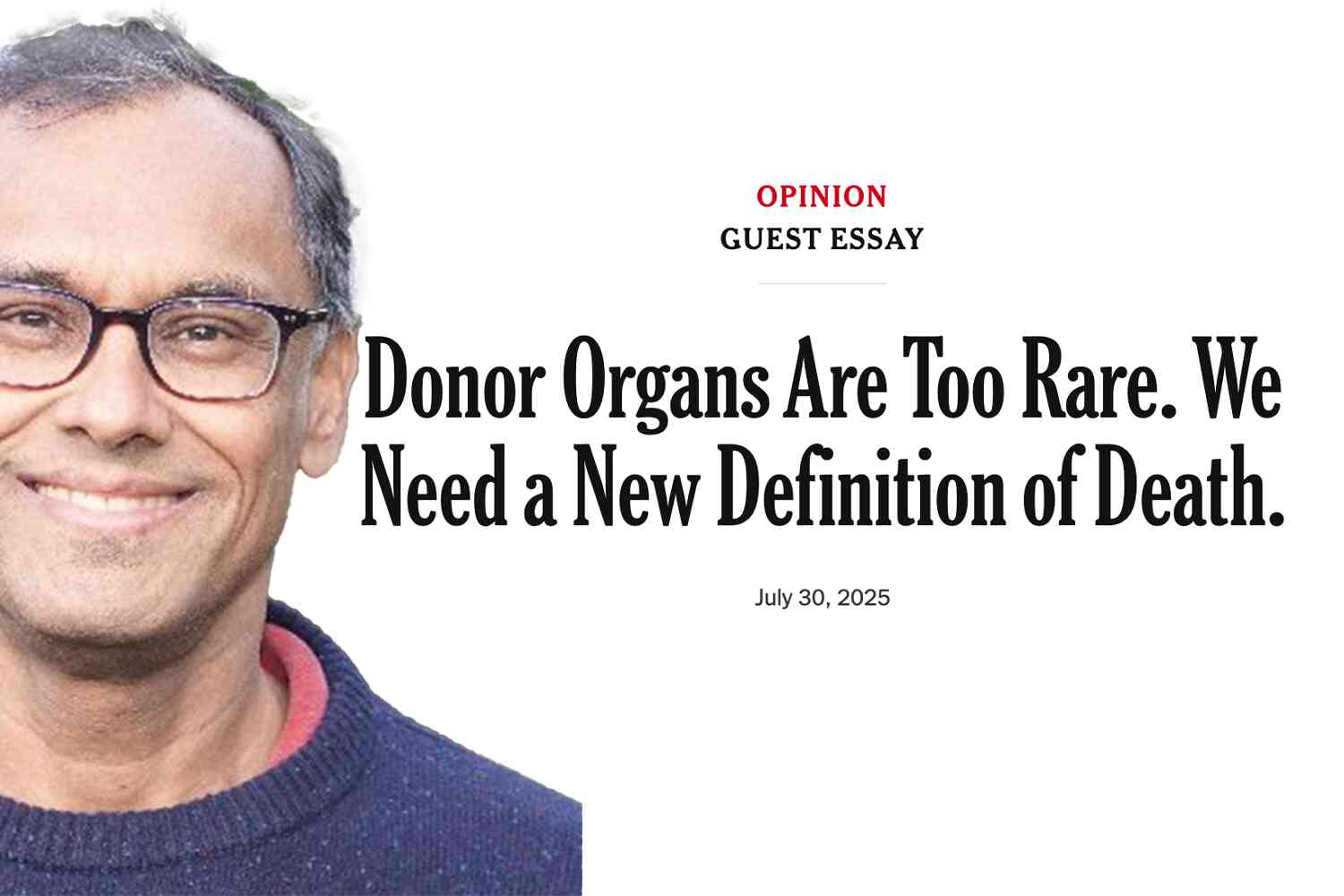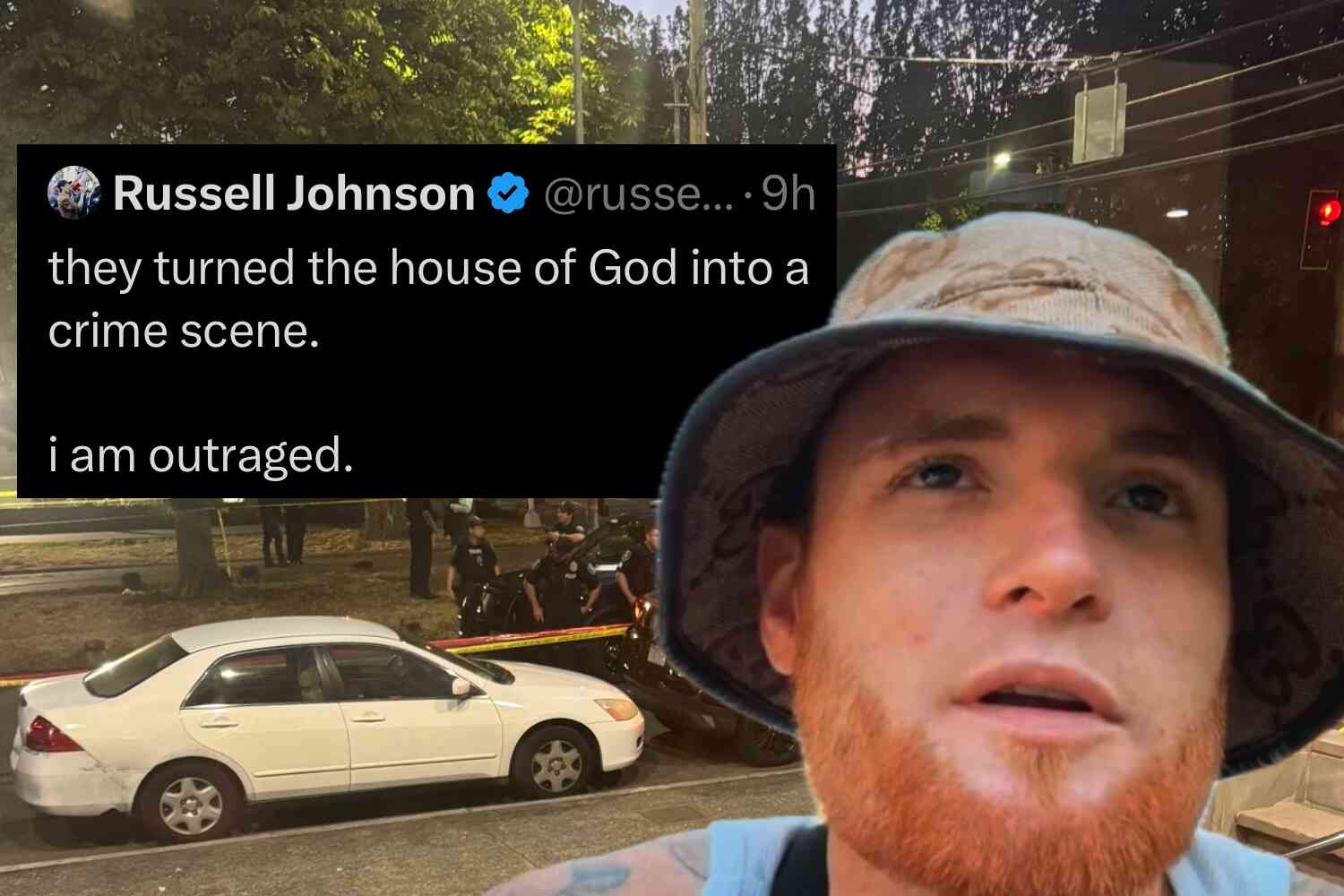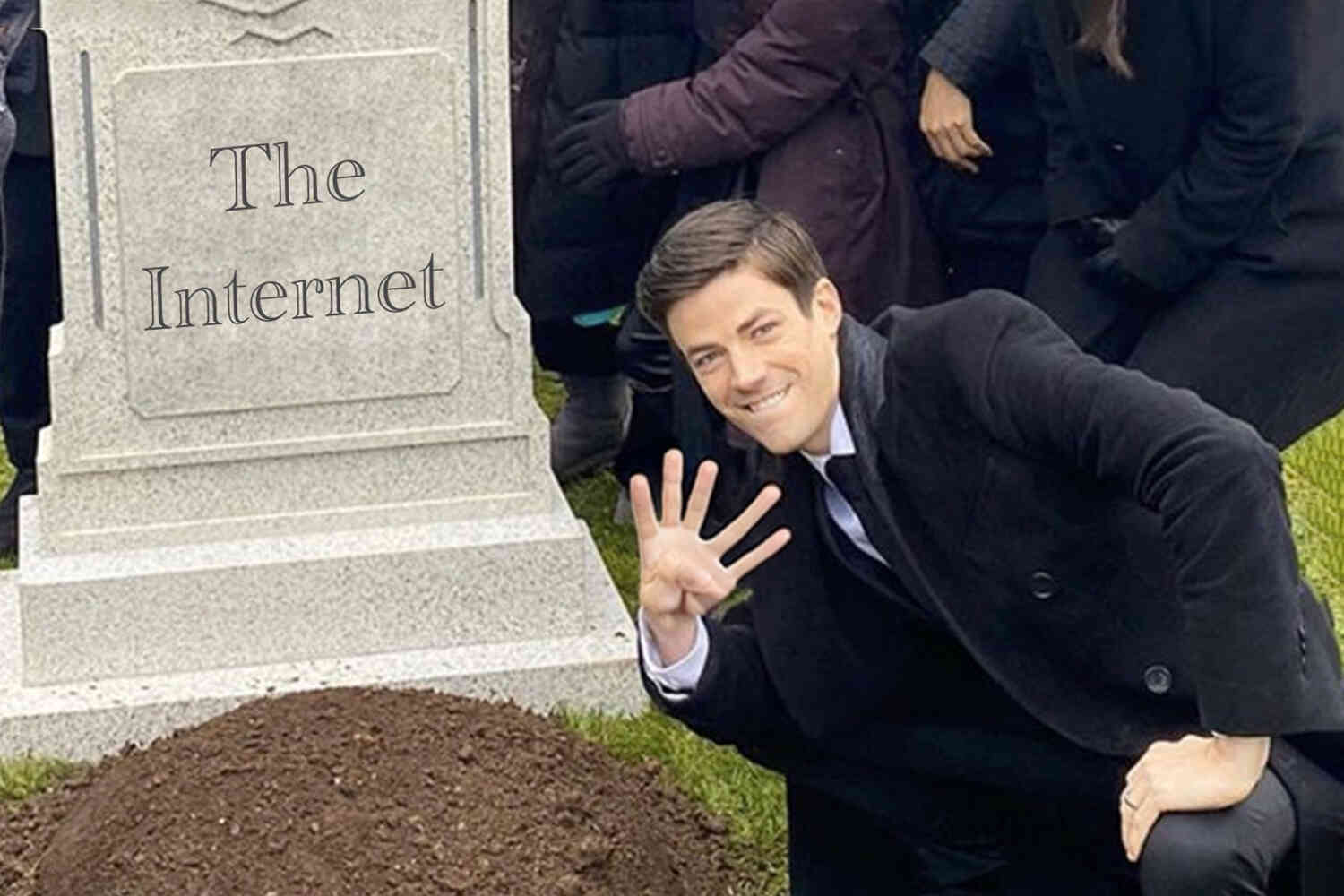It seems like the New York Times is getting further and further out in left field the more time that passes.
We recently told you about the shady practices the government discovered around organ donation 👇
The way things stand, doctors are pushing to call people "dead" before they're really dead in order to take their organs.
Right on cue, The New York Times is here to tell us that harvesting organs from living patients is good, actually. In fact, we're not going far enough!
Guest essayists Drs. Sandeep Jauhar, Snehal Patel, and Deane Smith - all from Northwell in New York - think that we should redefine death so that they can cut those money-making life-saving organs out of your chest.
We need to figure out how to obtain more healthy organs from donors while maintaining strict ethical standards.
New technologies can help. But the best solution, we believe, is legal: We need to broaden the definition of death.
Being brain dead, which is one way to be legally dead, and circulatory death is another. The problem is that organs die quickly and are useless shortly after this. With a growing demand for organs with an aging population, doctors are arguing that maybe we just off a few people here and there for the common good.
Fortunately, there is a relatively new method that can improve the efficacy of donation after circulatory death. In this procedure, which is called normothermic regional perfusion, doctors take an irreversibly comatose donor off life support long enough to determine that the heart has stopped beating permanently — but then the donor is placed on a machine that circulates oxygen-rich blood through the body to preserve organ function ...
So they'll take you off life support just enough to confirm you're dead and that your heart can't beat, but keep your blood oxygen rich, and then take your organs.
But by artificially circulating blood and oxygen, the procedure can reanimate a lifeless heart. Some doctors and ethicists find the procedure objectionable because, in reversing the stoppage of the heart, it seems to nullify the reason the donor was declared dead in the first place. Is the donor no longer dead, they wonder?
We are at the "let's reanimate people to harvest their organs" stage of technological necromancy.

To make sure doctors can harvest organs without the pesky resistance of family members who want to wait to see if their loved one recovers, they argue that we should just expand the law to give them unlimited power.
How to resolve this debate? The solution, we believe, is to broaden the definition of brain death to include irreversibly comatose patients on life support. Using this definition, these patients would be legally dead regardless of whether a machine restored the beating of their heart.
This is all about declaring comatose people dead by definition. It's arguing that the State can pull the plug so they can cut you open and gut you.
Perhaps the NYT opinion editors should remember the paper's own article from a few weeks ago:
Instead of addressing the abuse, it seems these doctors want to redefine it so we can pretend it's not actually abuse.
Some replies:
How many people are going to take their names OFF the organ donor list because of ideas like these?
P.S. Now check out our latest video 👇







